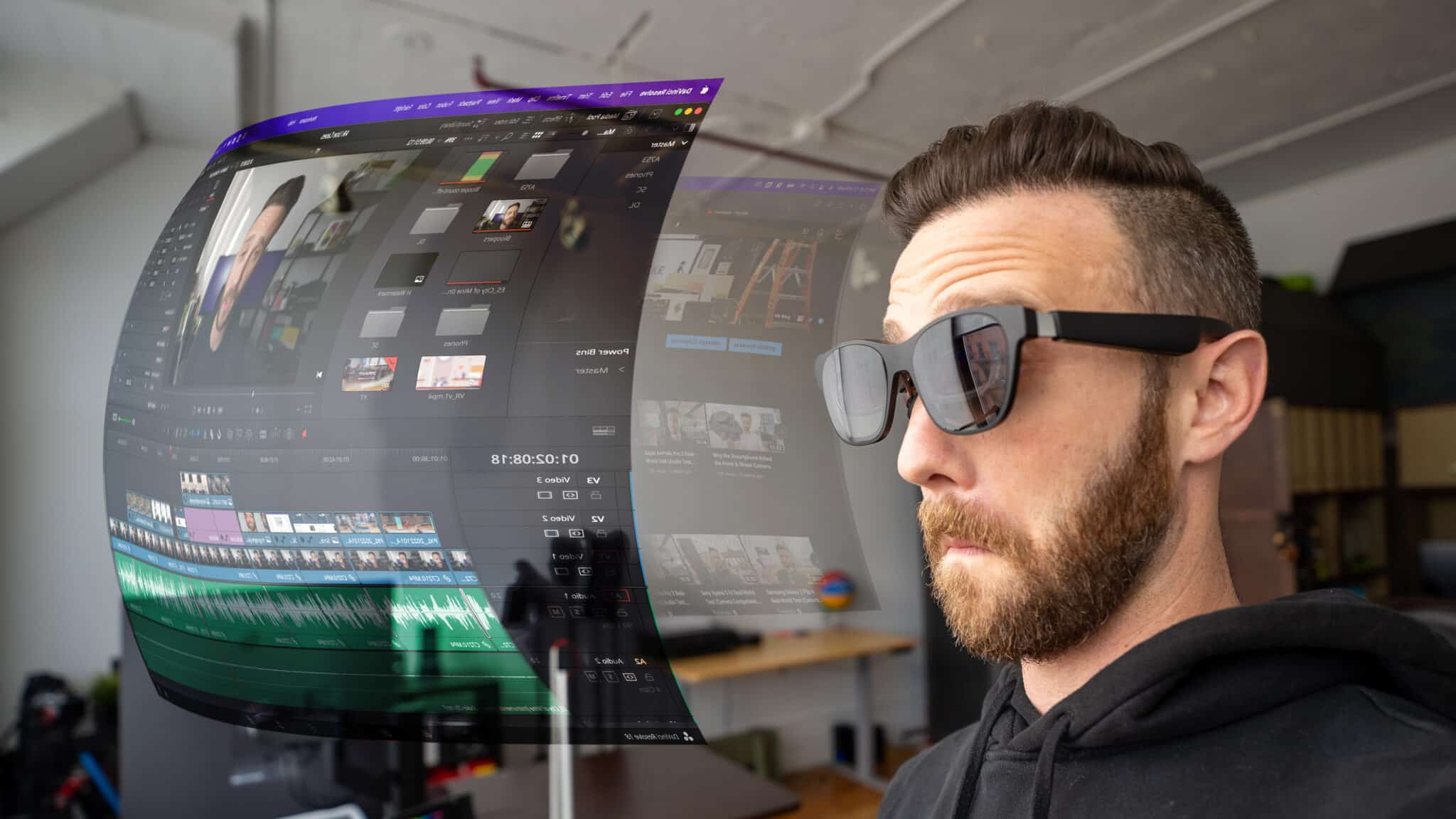Why the Samsung Galaxy Z Flip is the Future of Foldables
At Samsung’s recent unpacked event in San Francisco, we got to see the latest S20 lineup in all their glory (and I’ll be doing a complete walkthrough and real-world test on them ASAP), but the surprise (minus the ton of leaks of course) was the new Samsung Galaxy Z Flip.
This new foldable device folds in half length wise compared to the original Fold they released not too long ago (and rereleased shortly thereafter) that folded width-wise. This means it instead goes from a 6.7″ 21.9:9 aspect ratio “normal” sized phone down to a square sized very compact one.
Now, I’ll do a complete walkthrough etc. on it as well if Samsung sends one soon so we’ll dive more into the specs and the device itself in that, but in this episode of Decodr where I break down the tech around us, I want to talk about the tech behind the Z Flip’s screen because it’s actually the best foldable screen yet.
So first, let’s talk about the hinge. The Z Flip is using a newer hinge design than the Galaxy Fold. This one features a dual cam design that not only allows it to have no noticeable gap when closed, but it also allows it to be able to be set at various angles and not snap all the way open or closed (sort of like your laptop).

In addition to this, Samsung also added in bristles (they call the system sweeper tech) that prevent dirt, dust, and debris from getting in under the hinge (an issue they had originally at least with the very first Fold–and remedied on the release of it).
Now, while the hinge technology is remarkable in and of itself, it’s the screen that is what I’m most excited about.
Up until now, every foldable device we’ve seen from the Mate X, to the Fold, to the Razr have used a polymer AKA essentially plastic screen. This has been what allows them to flex as they do, but is also why they are easily scratched (by finger nails even in some cases), tend to have massive creases in them, and just expected overall lower lifespans.The new Z Flip has a screen made out of that thing we all are used to having on our displays: glass.

It’s called UTG or ultra-thin glass and it’s generally considered any glass that’s under 1mm in thickness. It’s because of how thin it is that it can actually be bent to a radius of about 1.5mm or so. Samsung even claims the new Z Flip can be bent over 200,000 times without issue.
The general idea of how this glass is being made is by melting down the specific (usually secret) mix of minerals and then putting it in a vat at the top of a warehouse. They then use gravity and a thin slit in the bottom of that container and as it stretches downward out of the container it becomes thinner and thinner and also slowly cools until it’s thin enough to be wrapped around drums.

The benefits of this is that there’s much less of a crease in the screen, it’s a lot more resistant to scratches and just being touched in general, it can even use a stylus (which is why I think we’ll see it on the sequel to the Fold as in my opinion they’ll start to merge that with the Note line up by we’ll see if I’m right), the flexible OLED display underneath can be seen through it with more clarity, it feels better to type on, and frankly, just feels more solid all around.
Now, of course, as with everything, it’s not without some cons as well. The big one is that, of course, glass unlike plastic, while less prone to scratches is more prone to being cracked. And, of course, it’s more expensive than the polymer screens, as well.
Now, Samsung do only have it on the inside of the phone so maybe you’ll have some chance of dropping it closed instead of open when it’s more protected, but even without that potential protection it’s sort of the same place you’re in with your current non-folding phone so there’s that.

As for the price, well, sure it’s a phone that definitely doesn’t have has high of specs as that new S20 lineup does so the fact it folds and that screen is really what we can assume is the biggest driving factor in the $1380 price tag that Samsung just gave it. But considering the Razr from Motorola was just released at $1499 and the original Fold is $1999, then maybe it’s a good deal?
Regardless of whether you’re the type of person who might want to buy this phone, the folding glass screen is a huge leap forward for the entire folding device industry that is inevitably coming and will get cheaper and cheaper. And thanks to this glass, that much closer to being a properly viable form factor.
Thanks for watching and let me know what you guys think!


